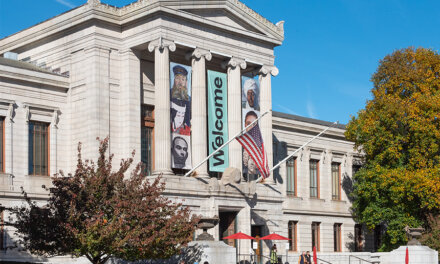
Exploring the Enchanting Biodiversity of Chandra Prabha Wildlife Sanctuary
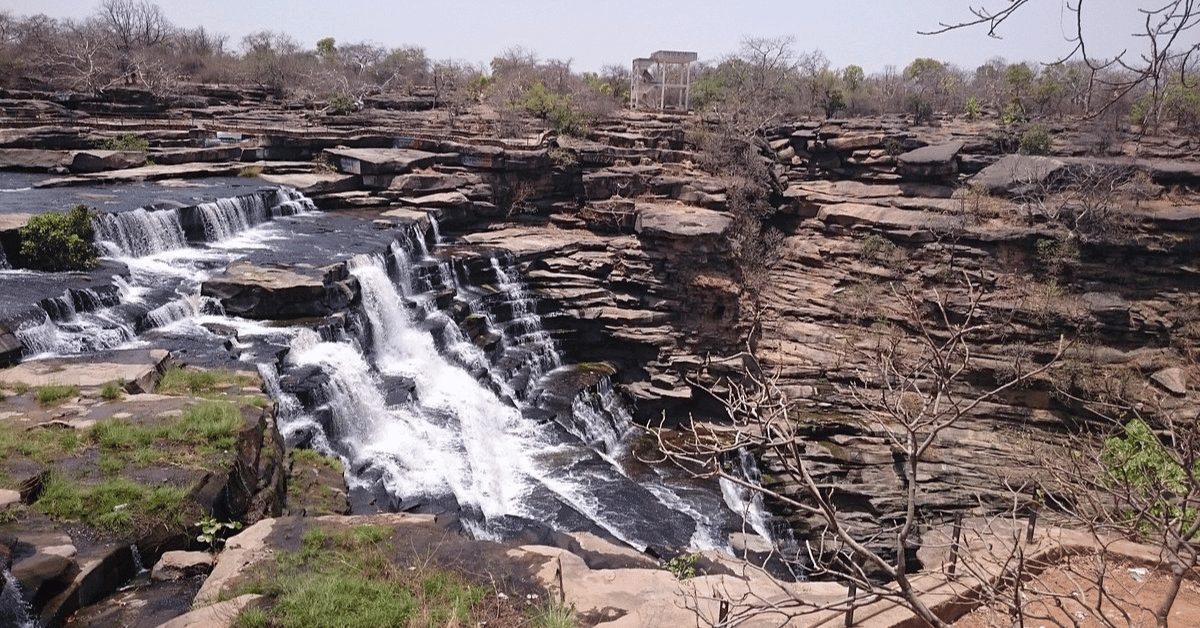
Table of Contents
- Quick Information about Chandra Prabha Wildlife Sanctuary
- Best Time to Visit Chandra Prabha Wildlife Sanctuary
- Ways to Reach Chandra Prabha Wildlife Sanctuary
- Activities to do at Chandra Prabha Wildlife Sanctuary
- Address of Chandra Prabha Wildlife Sanctuary
- Food Options Near Chandra Prabha Wildlife Sanctuary
- Accommodation Option Near Chandra Prabha Wildlife Sanctuary
- Places to Visit Near Chandra Prabha Wildlife Sanctuary
Chandra Prabha Wildlife Sanctuary is a protected area located in the state of Uttar Pradesh, India. It is renowned for its rich biodiversity, picturesque landscapes, and diverse range of flora and fauna. The sanctuary covers an area of approximately 78 square kilometers and is situated in the Vindhya hill ranges.
The sanctuary’s name is derived from the Chandra Prabha River, which flows through the region, adding to the beauty and ecological significance of the area. The varying elevations and topography within the sanctuary contribute to the presence of different ecosystems, making it a habitat for numerous species of plants and animals.
Flora within Chandra Prabha Wildlife Sanctuary includes a mix of dry deciduous forests, grasslands, and scrub vegetation. This assortment of habitats provides a home for various wildlife species, including mammals like spotted deer, sambar deer, wild boars, Indian hare, and porcupines. Additionally, the sanctuary supports a diverse avian population, with species such as peafowls, partridges, and various birds of prey.
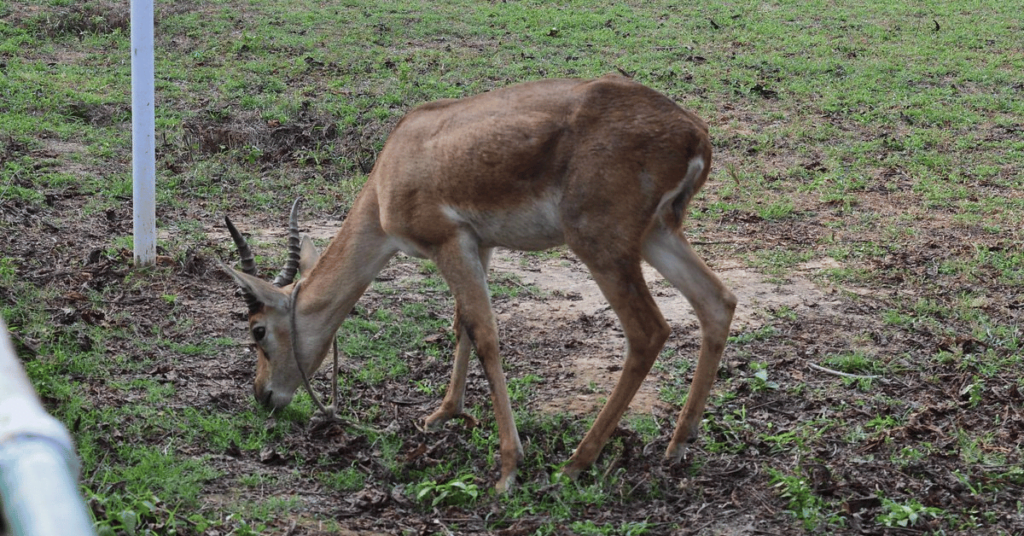
Apart from its natural beauty and biodiversity, Chandra Prabha Wildlife Sanctuary is also famous for the Rajdari and Devdari waterfalls, which are major attractions within the sanctuary. These waterfalls add to the charm of the landscape and draw tourists and nature enthusiasts alike.
Quick Information about Chandra Prabha Wildlife Sanctuary
| Aspect | Information |
|---|---|
| Location | Uttar Pradesh, India |
| Area | Approximately 78 sq km |
| Topography | Vindhya hill ranges |
| Key Feature | Chandra Prabha River |
| Habitats | Dry deciduous forests, grasslands, scrub vegetation |
| Wildlife | Spotted deer, sambar deer, wild boars, Indian hare, porcupines |
| Avian Species | Peafowls, partridges, birds of prey |
| Waterfalls | Rajdari and Devdari waterfalls |
| Attractions | Biodiversity, picturesque landscapes |
| Activities | Eco-tourism, nature exploration |
| Conservation | Sustainable management, preservation efforts |
| Importance | Ecological significance, natural heritage of Uttar Pradesh |
| Educational Value | Learning about local ecology and wildlife |
| Role | Showcasing India’s commitment to nature conservation |
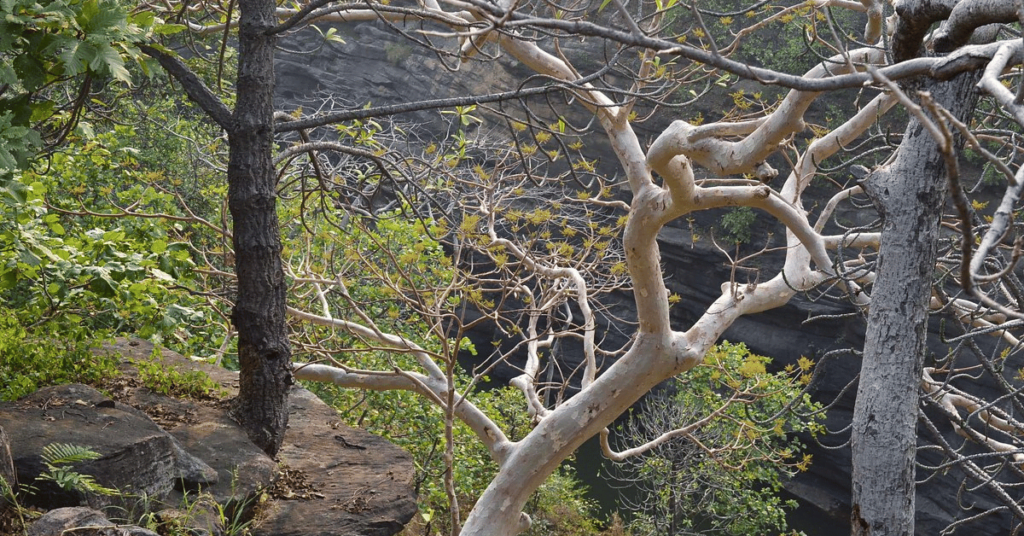
Best Time to Visit Chandra Prabha Wildlife Sanctuary
| Aspect | Information |
|---|---|
| Ideal Months | October to March |
| Season | Winter and early spring |
| Weather | Pleasant, milder temperatures, lower humidity |
| Vegetation | Lush and vibrant post-monsoon rejuvenation |
| Wildlife Activity | Many animals are active, and better wildlife sightings |
| Birdwatching | Migratory birds present |
| Avoid | Monsoon season (June to September) – heavy rainfall, muddy trails Summer months (April to June) – hot weather, reduced wildlife sightings |
| Recommendation | Plan a visit between October and March for a comfortable and rewarding experience |
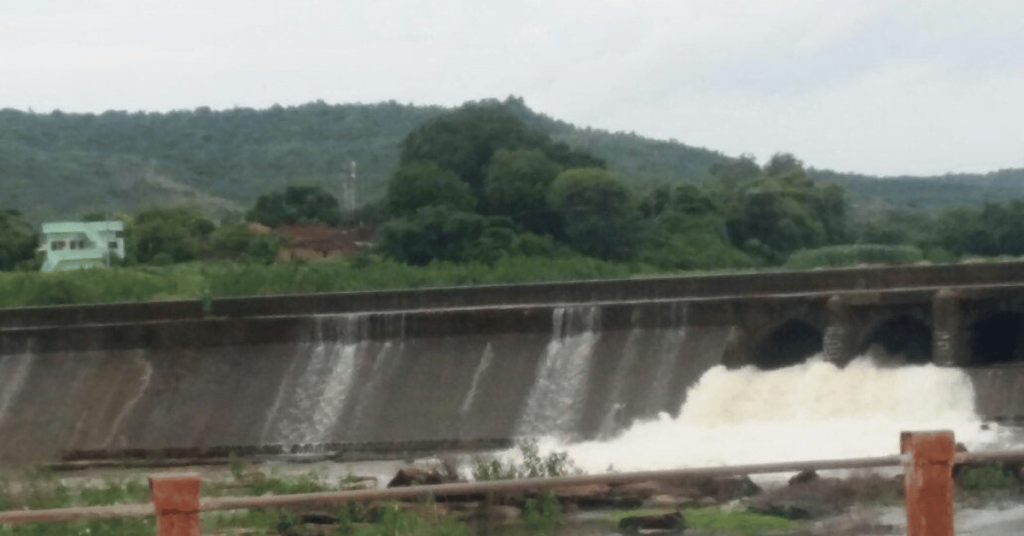
Also Read – Nawabganj Bird Sanctuary – A Paradise For Bird Lovers
Ways to Reach Chandra Prabha Wildlife Sanctuary
Here are the ways to reach Chandra Prabha Wildlife Sanctuary:
By Air:
The nearest major airport is Lal Bahadur Shastri International Airport in Varanasi, Uttar Pradesh. From the airport, you can hire a taxi or use other local transportation options to reach the sanctuary, which is around 80-90 kilometers away.
By Train:
The closest railway station is Varanasi Junction. From there, you can either hire a taxi or take a bus to reach the sanctuary. The distance between Varanasi and the sanctuary is approximately 70-80 kilometers.
By Road:
Chandra Prabha Wildlife Sanctuary is well-connected by road. You can take a bus or hire a taxi from nearby towns and cities like Varanasi, Mirzapur, or Allahabad. The sanctuary is accessible via the NH-19 highway, also known as the Varanasi-Allahabad Highway.
Local Transportation:
Once you reach the nearby towns or the sanctuary’s vicinity, you can use local buses, shared cabs, or auto-rickshaws to reach the entrance of the sanctuary. From there, you might need to explore on foot or use authorized vehicles within the sanctuary premises.
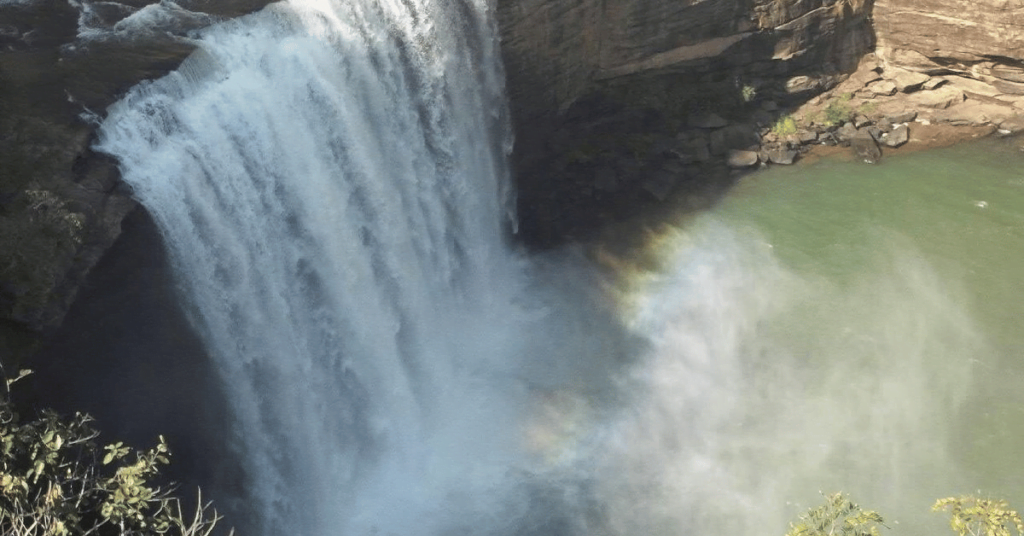
Activities to do at Chandra Prabha Wildlife Sanctuary
Here are some activities you can enjoy at Chandra Prabha Wildlife Sanctuary:
Nature Walks and Hiking: Explore the sanctuary’s diverse landscapes on foot. Guided nature walks and hiking trails allow you to immerse yourself in the natural beauty and observe the flora and fauna up close.
Wildlife Viewing: Observe various wildlife species in their natural habitats. Keep your eyes peeled for deer, wild boars, hares, and numerous bird species. Early mornings and late afternoons are usually the best times for wildlife sightings.
Birdwatching: With its varied habitats, the sanctuary is a haven for birdwatchers. Bring your binoculars and camera to spot and capture images of both resident and migratory bird species.
Photography: Capture the breathtaking landscapes, waterfalls, and diverse flora and fauna through your lens. The sanctuary provides plenty of opportunities for photography enthusiasts.
Waterfall Visits: Don’t miss the chance to visit the Rajdari and Devdari waterfalls within the sanctuary. These natural wonders offer picturesque views and are perfect for relaxation.
Eco-Tourism and Interpretive Programs: Engage in eco-tourism activities organized by the sanctuary authorities. Participate in interpretive programs to learn about the local ecology, conservation efforts, and wildlife behavior.
Picnicking: Enjoy a leisurely picnic amidst the serene surroundings. Some designated areas within the sanctuary might offer picnic spots where you can relax and unwind.
Camping: If permitted, camping within the sanctuary can provide a unique experience of staying close to nature. Check with the authorities about camping regulations and facilities.
Educational Visits: Chandra Prabha Wildlife Sanctuary offers educational opportunities for students and nature enthusiasts to learn about biodiversity, conservation, and the importance of preserving natural habitats.
Sightseeing and Exploration: Besides the wildlife, explore the various ecosystems, geological formations, and the Chandra Prabha River that adds to the sanctuary’s charm.
Must Check Out – Explore The Pristine Beauty Of Silent Valley National Park – Where Nature Sings In Serenity
Address of Chandra Prabha Wildlife Sanctuary
Chandraprabha Wildlife Sanctuary
Distt Chanduali,
Uttar Pradesh
232111
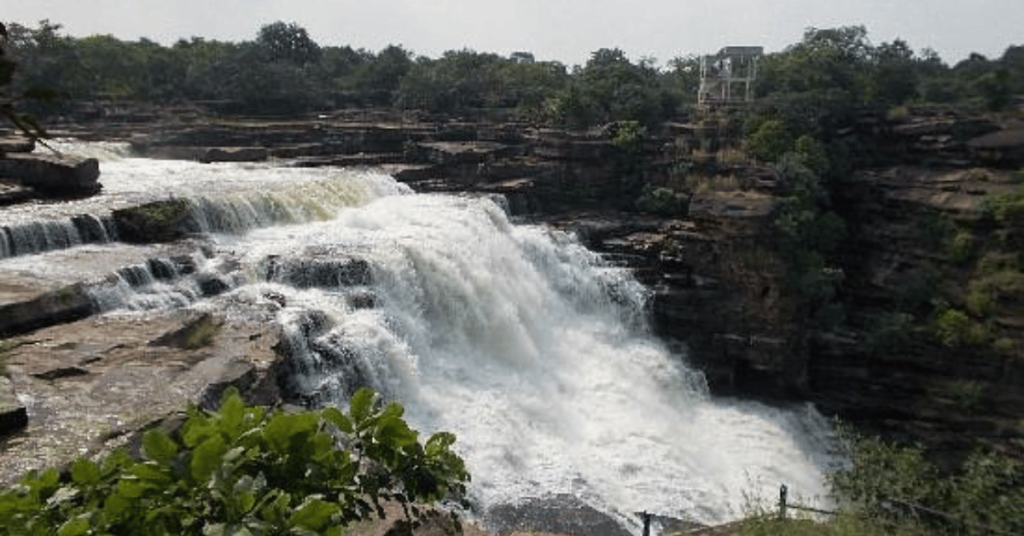
Food Options Near Chandra Prabha Wildlife Sanctuary
When visiting Chandra Prabha Wildlife Sanctuary, you’ll find a variety of food options available in the nearby towns and villages. While the sanctuary itself might not have dedicated dining facilities, here are some food options you can explore:
Local Eateries and Dhabas: Nearby towns and villages may have local eateries, roadside stalls, and dhabas (small restaurants) where you can enjoy traditional Indian meals. These places often serve regional dishes and snacks.
Town Restaurants: Towns like Varanasi, Mirzapur, and Allahabad, which are relatively close to the sanctuary, offer a wider range of dining options. You can find restaurants serving Indian and international cuisine.
Street Food: If you’re exploring nearby towns, don’t miss the opportunity to sample local street food. These offerings can give you a taste of the local flavors and culinary traditions.
Pack Your Own Food: To ensure you have a suitable meal during your sanctuary visit, consider packing your own food and beverages. This is especially important if you plan to spend a significant amount of time inside the sanctuary.
Resorts and Lodges: If you’re staying at resorts or lodges in the vicinity, they might offer dining facilities for their guests. Check with your accommodation about their food options.
Local Markets: Explore local markets for fresh fruits, snacks, and other food items that you can carry with you during your sanctuary visit.
Also Read – Discover The Enchanting Thattekad Bird Sanctuary
Accommodation Option Near Chandra Prabha Wildlife Sanctuary
When visiting Chandra Prabha Wildlife Sanctuary, you’ll find several accommodation options in the nearby towns and villages that offer comfortable stays. While the sanctuary itself might not have lodging facilities, here are some options you can consider:
Resorts and Eco-Lodges: There might be resorts and eco-lodges located near the sanctuary that offer comfortable accommodation options. These places often blend with the natural surroundings and provide a peaceful stay.
Guesthouses and Homestays: Some local residents in nearby villages might offer guesthouses or homestays for visitors. This can provide a more personalized experience and a chance to connect with the local culture.
Hotels in Nearby Towns: Towns like Varanasi, Mirzapur, and Allahabad, which are relatively close to the sanctuary, offer a range of hotels catering to different budgets. These towns have various types of accommodations, from budget to luxury.
Camping (if allowed): Inquire whether camping is permitted within the sanctuary premises. If allowed, you can set up your own tent and experience a closer connection to nature.
Online Booking Platforms: Utilize online booking platforms to find accommodations that suit your preferences and budget. Websites and apps like Booking.com, Airbnb, and others can help you discover available options.
Contacting Local Authorities: If you’re looking for specific accommodations or information, you can also reach out to the local tourism authorities or wildlife sanctuary management for recommendations.
Advance Booking: Especially during peak seasons, it’s advisable to make your accommodation reservations in advance to ensure availability.
Places to Visit Near Chandra Prabha Wildlife Sanctuary
There are several interesting places to visit near Chandra Prabha Wildlife Sanctuary. Here are some options you might consider exploring:
Rajdari and Devdari Waterfalls: These magnificent waterfalls are located within the sanctuary itself and are a must-visit. Enjoy the scenic beauty and the soothing sound of cascading water.
Varanasi: One of the oldest cities in the world, Varanasi is renowned for its spiritual significance and cultural heritage. Explore its ancient temples, ghats along the Ganges River, and immerse yourself in the vibrant atmosphere.
Allahabad (Prayagraj): Known for the confluence of three sacred rivers (Ganges, Yamuna, and Saraswati) and the Kumbh Mela festival, Allahabad offers historical and religious sites like Allahabad Fort and Triveni Sangam.
Vindhyachal: This town is famous for the Vindhyavasini Devi Temple and is a significant pilgrimage site. The temple is dedicated to Goddess Vindhyavasini and attracts devotees from different parts of the country.
Chunar Fort: Located in Mirzapur, the Chunar Fort boasts a rich history and offers panoramic views of the surrounding landscape. It’s an ideal spot for history enthusiasts and photographers.
Chunar Sandstone Mines: These ancient sandstone quarries are known for their unique rock formations. The sandstone from these mines has been used in several historical monuments, including the famous Ashoka Pillar in Sarnath.
Sarnath: A significant Buddhist pilgrimage site, Sarnath is where Lord Buddha is said to have delivered his first sermon. Explore the Dhamek Stupa, Sarnath Museum, and other historical relics.
Mirzapur: Mirzapur offers cultural and historical attractions, including Ghanta Ghar (Clock Tower) and ancient temples like Vindhyavasini Devi Temple and Ashtabhuja Devi Temple.
Vindhya Range: If you’re a nature enthusiast, consider exploring the Vindhya hill ranges that surround the sanctuary. These hills offer opportunities for trekking and enjoying panoramic views.
Chunar: A historic town known for its association with various dynasties, Chunar boasts the Chunar Fort, tombs, and a rich artistic heritage.
FAQs
1. What is the significance of Chandra Prabha Wildlife Sanctuary?
Chandra Prabha Wildlife Sanctuary holds ecological importance due to its diverse habitats and the preservation of various plant and animal species.
2. What types of ecosystems can be found in the sanctuary?
The sanctuary encompasses dry deciduous forests, grasslands, and scrub vegetation, contributing to its rich biodiversity.
3. Can I spot any rare or endangered species in the sanctuary?
While sightings can’t be guaranteed, the sanctuary is home to a range of species, some of which might be categorized as vulnerable or near-threatened.
4. Are there any entry fees for visiting the sanctuary?
Yes, there might be an entry fee for visitors. It’s advisable to check with the sanctuary authorities for the latest fee information.


